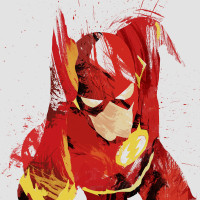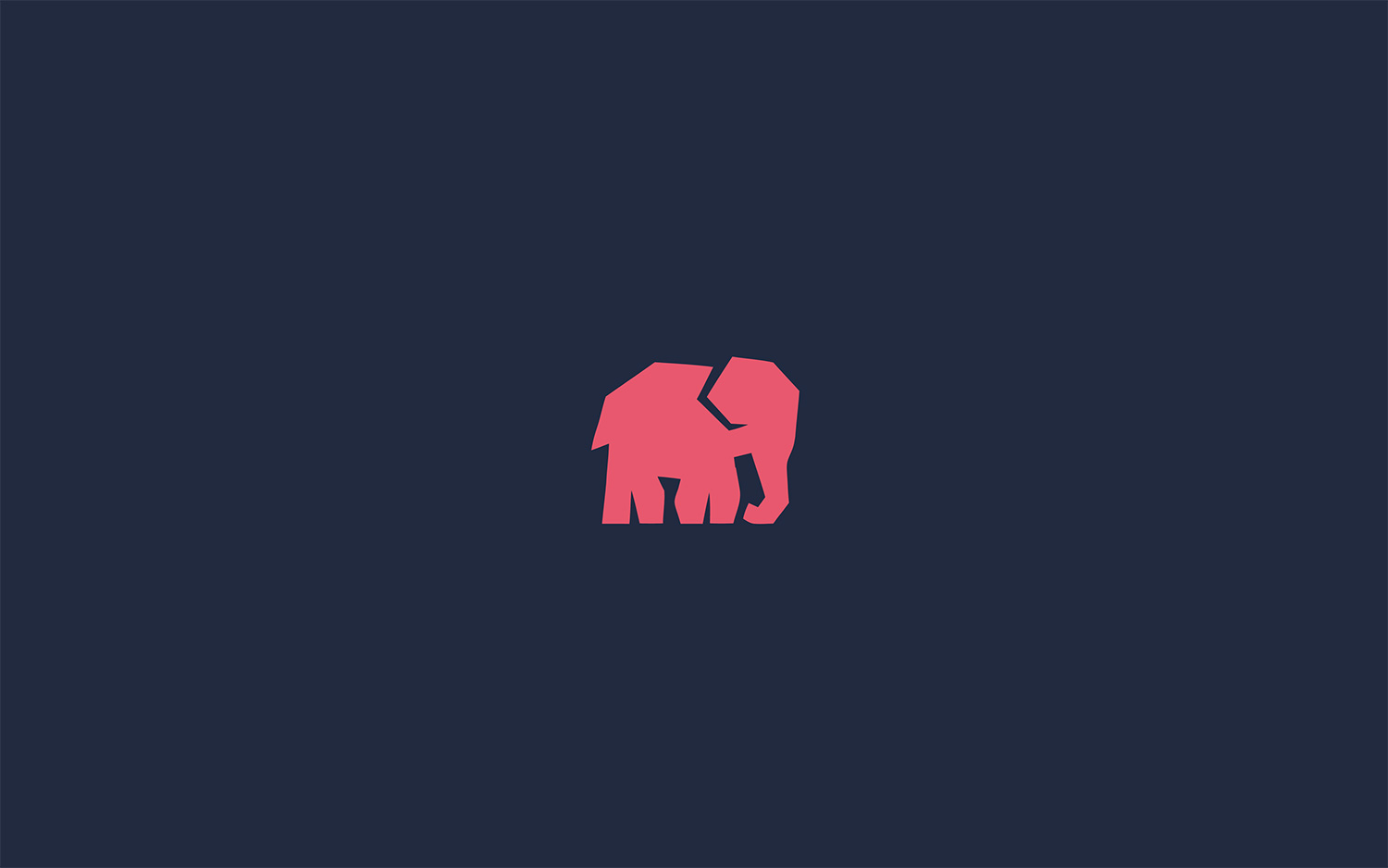Polygonal modeling
$27.00
In 3D computer graphics, polygonal modeling is an approach for modeling objects by representing or approximating their surfaces using polygons. Polygonal modeling is well suited to scanline rendering and is therefore the method of choice for real-time computer graphics. Alternate methods of representing 3D objects include NURBS surfaces, subdivision surfaces, and equation-based representations used in ray tracers. See polygon mesh for a description of how polygonal models are represented and stored.
Description
In 3D computer graphics, polygonal modeling is an approach for modeling objects by representing or approximating their surfaces using polygons. Polygonal modeling is well suited to scanline rendering and is therefore the method of choice for real-time computer graphics. Alternate methods of representing 3D objects include NURBS surfaces, subdivision surfaces, and equation-based representations used in ray tracers. See polygon mesh for a description of how polygonal models are represented and stored.
The basic object used in mesh modeling is a vertex, a point in three-dimensional space. Two vertices connected by a straight line become an edge. Three vertices, connected to each other by three edges, define a triangle, which is the simplest polygon in Euclidean space. More complex polygons can be created out of multiple triangles, or as a single object with more than 3 vertices. Four sided polygons (generally referred to as quads) and triangles are the most common shapes used in polygonal modeling. A group of polygons, connected to each other by shared vertices, is generally referred to as an element. Each of the polygons making up an element is called a face.
In Euclidean geometry, any three non-collinear points determine a plane. For this reason, triangles always inhabit a single plane. This is not necessarily true of more complex polygons, however. The flat nature of triangles makes it simple to determine their surface normal, a three-dimensional vector perpendicular to the triangle’s surface. Surface normals are useful for determining light transport in ray tracing, and are a key component of the popular Phong shading model. Some rendering systems use vertex normals instead of face normals to create a better-looking lighting system at the cost of more processing. Note that every triangle has two face normals, which point to opposite directions from each other. In many systems only one of these normals is considered valid – the other side of the polygon is referred to as a backface, and can be made visible or invisible depending on the programmer’s desires.
Additional information
| Weight | 0.7 kg |
|---|













Reviews
There are no reviews yet.